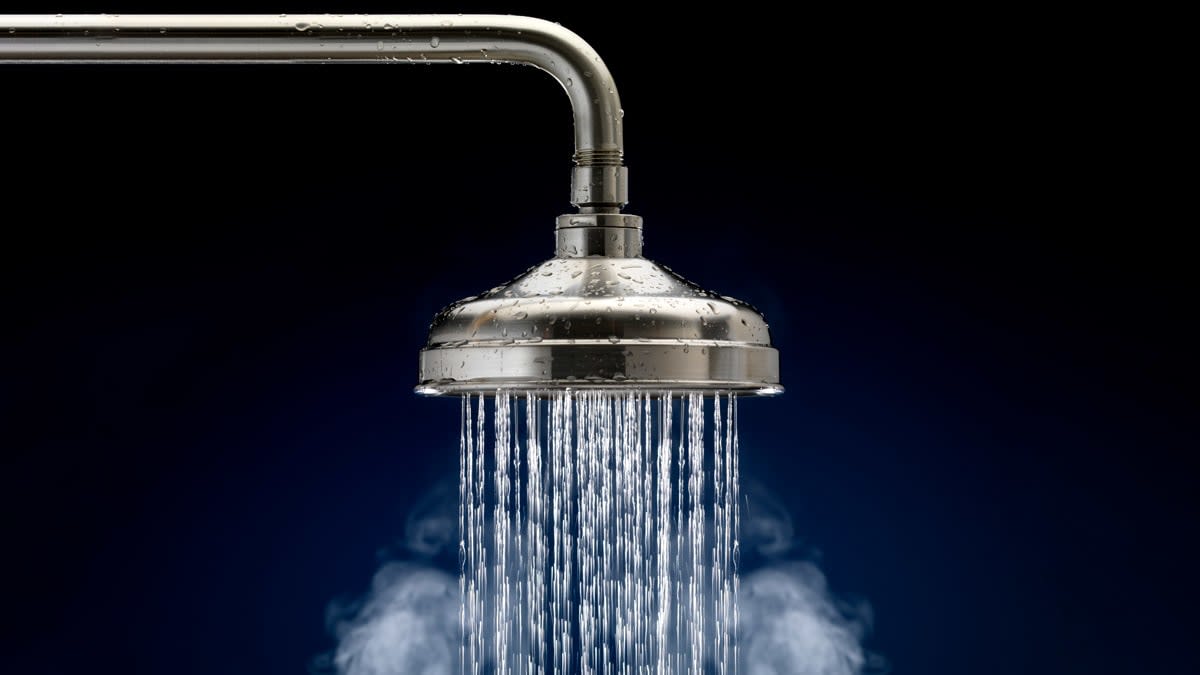
Warm water rather than hot is better for skin conditions like eczema, dermatitis, and psoriasis, Mohammed says. After showering, you should pat yourself dry as opposed to rubbing vigorously with a towel, which can be aggressive to the skin, Akintilo says.
Apply moisturizers to keep your skin hydrated. Creams and ointments are preferable to lotions because they contain a higher oil-to-water ratio and do a better job of sealing in moisture, according to Akintilo.
It’s better for the environment and saves money. For people in the U.S., the average shower lasts about 8 minutes, according to the Environmental Protection Agency. That’s 20 gallons for every average shower, given that the standard showerhead uses around 2.5 gallons of water per minute.
You can save a lot of water and energy if you shave off a few minutes of your showertime, limiting it to around 5 minutes. Sticking to showers rather than baths also helps because an average bath usually uses up 35 to 50 gallons of water.
Other ways of conserving water include replacing your showerhead with one that has a WaterSense label. Not only can it help save 2,700 gallons of water per year, but it also reduces demands on electric water heaters and saves energy—330 kilowatt hours of electricity annually, which is enough to power a house for 11 days.
And instead of waiting for the water to warm up, you can use it to wash your face or find other ways to use it, says Tanya Christian, a CR writer who learned from her West Indian parents how to conserve water. You can also read here for other ways to cut your water use in half.
Source link






